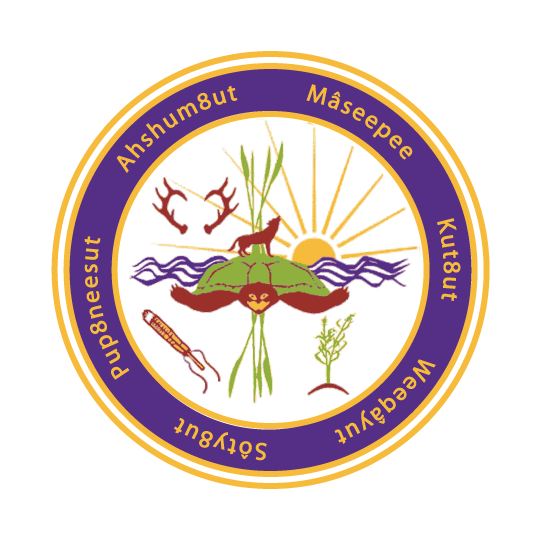At a glance, the movement to adopt Indigenous Peoples Day can feel symbolic. It’s a feeling that the slow pace of change can reinforce. However, this is more than just a name change. It’s a movement rooted in reflection, recognition, celebration, and education that is no longer “whitewashed.”
So what’s behind the movement? The adoption of Indigenous Peoples Day can be traced back to the Red Power Movement and a demand that Natives made at the United Nations Conference in 1977. It was a request based on the idea that if our people are not seen accurately in the history, we will not be seen today.
The day pushes back on this invisibility. It challenges educators to acknowledge that our history doesn’t start and end at the arrival of the Europeans. Every time Columbus Day is replaced, it opens up a more positive and accurate account of our history. And most importantly, it forces this country to acknowledge that we are still here and our culture is thriving in the face of 400 years of sickness, war, and the attempted dispossession of our language, land, and traditions.
What this change accomplishes, piece by piece is visibility for the 6.8 Million Natives in this country. Last year Biden called upon the American people to adopt Indigenous Peoples Day in a proclamation. We are now seeing a growing number of States (currently 14) that have dumped Columbus Day and a more significant Native presence in the federal government.
The appointments of natives like Mohegan Tribal Chief Marilynn Malerba as U.S. Treasurer and Secretary Deb Haaland, Nez Perece to lead the Army Corps of Engineers, and Chuck Sams III as National Park Services Director, are having a real impact on tribal government relations.
Indigenous Peoples Day demands that society and the federal government fully see our people in everyday life and acknowledge our profound impact on this world. This day makes it impossible for America to look past the fundamental issues we have raised for generations.
What might seem to some like a simple name change may lead to real social progress for our people.
By Steven Peters



